About RedSandal Wood
Scientific Classification:
Kingdom-Plantae, Order-Fabales, Family-Fabaceae, Subfamily-Faboideae,Tribe-Dalbergieae, Genus-Pterocarpus, Species- P. santalinus, Binomialame-Pterocarpus santalinus
Morphological Characteristics:
Lal chandan is a moderate-sized deciduous tree with clear trunk and dense rounded crown. It attains a height of 10 m and a girth of 0.9–1.5 m under favourable growing conditions. The blackish-brown bark is fissured and resembles crocodile skin. The inner bark when injured or cut oozes red colored ‘santolin’ dye. The wood is extremely hard and dark red in color with a specific gravity of 1.109. The leaves are imparipinnate, petiolate and alternate. They are simple at seedling stage but trifoliate or rarely pentafoliate later.

Climate and Soil:
Well-drained red soils with graveled loam are suitable for the cultivation of Red Sander Trees. It regenerates well in dry hot climate and requires rainfall ranging from 800 mm to 1000 mm annually for good growth. Red sandalwood grown on the shale sub soils, at altitudes around 750 meters (2,460 ft), and in semi-arid climatic conditions gives a distinctive wavy grain margin.
Red Sander is a light-requesting moderate measured tree developing up to 10 m tall with a trunk 50–150 cm breadth. It is quickly developing when young achieving 5 m tall in three years even on debased soils. It is not frost tolerant, being murdered by temperatures of - 1 °C yet stays well at semi-bone-dry climatic conditions. It grows well in red soils on high altitudes of Eastern Ghats in Kadapa, Kurnool, Chittoor, Prakasam and Nellore Districts of Andhra Pradesh, South India.
Conservation Status:
Pterocarpus santalinus is listed as an endangered species by the IUCN, because of over exploitation for its timber in South India. It is also listed in the appendix II of the CITES, which means that a certificate is required in order to export it, that should only be granted if the trade is not detrimental to the survival of the species.

Introduction:
Pterocarpus santalinus with the common names red sanders, red sandalwood is a species of Pterocarpus endemic to the southern Eastern Ghats mountain range. It is found in south India in Kadapa, Kurnool, Chittoor, Nellore, Prakasam. This tree is valued for the rich red color of its wood and the wood is not aromatic.
The tree is not to be confused with the aromatic Santalum sandalwood trees that grow natively in South India. This wood has been traditionally used as a sacred wood in religious functions during pujas and homas. It is also used in ayurveda medicine and it has many medicinal properties to cure various health ailments.

About:
The scientific name for Red Sandalwood is Pterocarpus santalinus is a species of Pterocarpus native to India. Red Sandalwood is a tree. The wood at the center of the trunk (heartwood) is used as medicine. Red Sandalwood is used for treating digestive tract problems, fluid retention, and coughs and for "blood purification". Indians have been long deprived of this precious cash crop called "Red Sandalwood”. This wild tree yields Crores of rupees however needs least human care for its growth. India is one among the only six countries and it is found only in south India.
History:
For hundreds of years, India and Indians have been long deprived of this precious cash crop called "Red Sanders”. India is one among the only six countries which has the favorable soil and climate conditions to grow Red Sanders and was once a huge supplier to the rest of the world. However in the recent past the situation became such that India had to import Red Sander Wood from other countries as the natural resource from the forests had almost come to an extinct. This wild tree yield Crores of rupees however needs least human intervention or care for its growth.
Finally in the year 2008, with Government of India amending its act and giving permissions to cultivate Red Sanders has opened doors for individuals and co-operate bodies to relish the rich outcome of cultivating this wild crop. Red Sanders cultivation is no hidden secret or rocket science however there are 26 species of this tree and one needs to know which one has to be selected for cultivation, in a given type of soil. If prior tests and selections are not done carefully the results can be fatal as the trees would still grow however would not yield the desired results. This tress when grown under organized cultivation with drip irrigation, fetch maximum results.


Why South India?
In South India due to the favorable soil and climate conditions to grow Red Sanders will yield better results and was once a huge supplier to the rest of the world. However in the recent past the situation became such that India had to import Red Sandalwood from other countries as the natural resource from the forests had almost come to an extinct. Finally in the year 2008, with Government of India amending its act and giving permissions to cultivate Red Sandalwood has opened doors for individuals and co-operate bodies to relish the rich outcome of cultivating this wild crop. These trees when grown under organized cultivation with plantation experts and drip irrigation fetch maximum results.
Commercial Aspects:
The wood has been historically valued in China who introduced classical Chinese furniture to the west. It has been one of the most prized woods for millennia. The worldwide Standing Market is growing in all countries in faster as gold. The costly Red Sanders are popular for its extremely hard heart wood which color is like blood with occasional light yellow streaks. The wood is famous for its medicinal properties and commercial uses.
The Red Sander Wood at the center of the trunk (heartwood) is mainly used for medical purposes. Red sander Wood has various medical uses such as fluid retention, treating digestive tract problems, purification of blood and treatment of coughs. The Red Sander Wood is of high demand in China, Korea, Singapore, Malaysia, Canada, USA, UK, Singapore, Malaysia and Gulf countries.
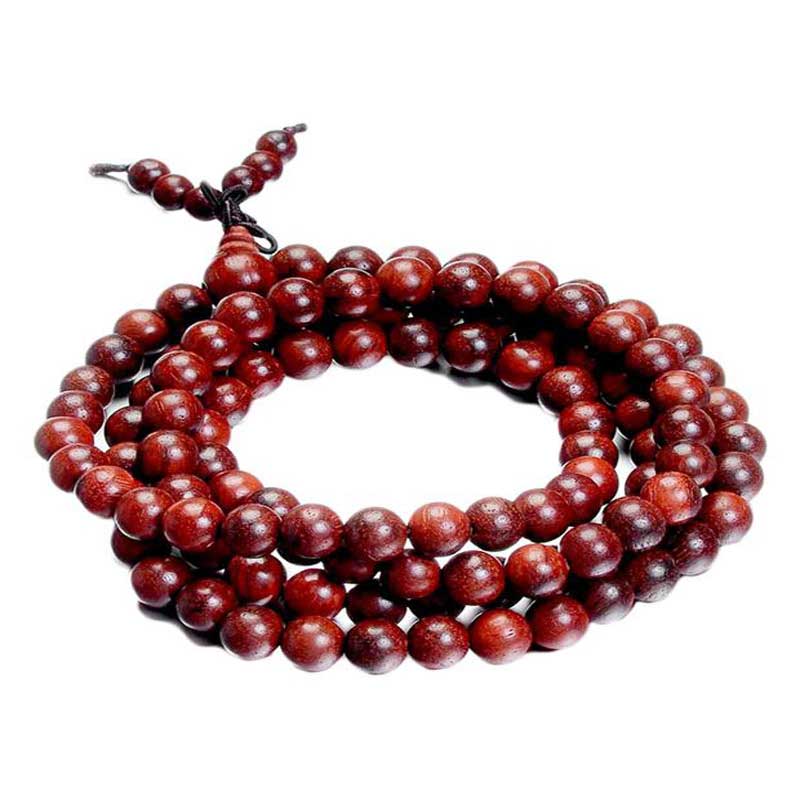

Export Market:
In the export market, Japan pays fabulous prices for this wavy grained wood. Chips and powder of this wood are also exported to European countries for preserving natural colours of food-stuffs and dyeing purposes. Export of Red Sanders from India to Europe commenced in the century for textile dyeing. Japan import Red Sanders for the manufacture of traditional musical instruments.
Red Sander Products:
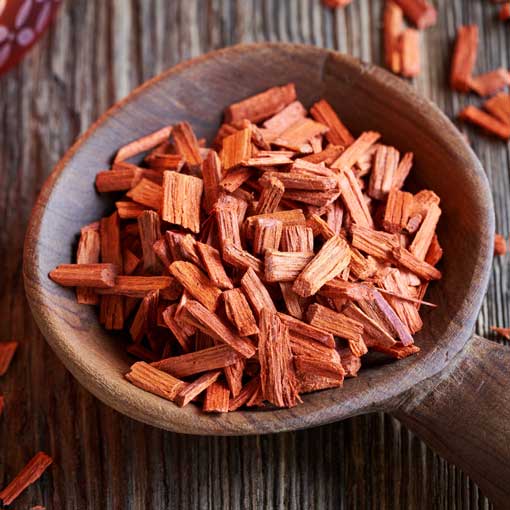
Red Sander Wood:
The wood has historically been valued in China, particularly during the Ming and Qing periods, referred to in Chinese as zitan. Chinese traders would have been familiar with Red Sanders. This is known for its pretty reddish heartwood which is used in woodworks for making antique products.
Red Sander Wood Powder:
Red Sandalwood Powder which also known as Rakta Chandana Powder has been used in Ayurvedic medicine as an antiseptic, wound-healing agent and as an anti-acne treatment. Red Sandalwood Powder can be made into a paste with honey and water and used directly on the face. It can also be combined with ashwagandha and cosmetic clays or mud for a detoxifying facial. Red Sandalwood Powder is used in soap to yield a dark maroon to purple color.
Red sandalwood or ‘Rakta Chandana’ is known to be one of the most reliable natural beauty ingredients. When used as a face pack or face mask, it can benefit our skin in a number of ways like it removes the marks caused by acne and removes the tan, gives a fair and glowing look, helps in getting an even skin tone and further If it is used regularly helps in getting rid of acne, pimples and the ugly marks too.
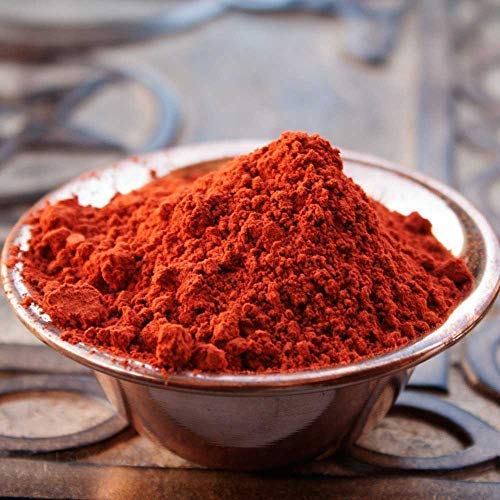
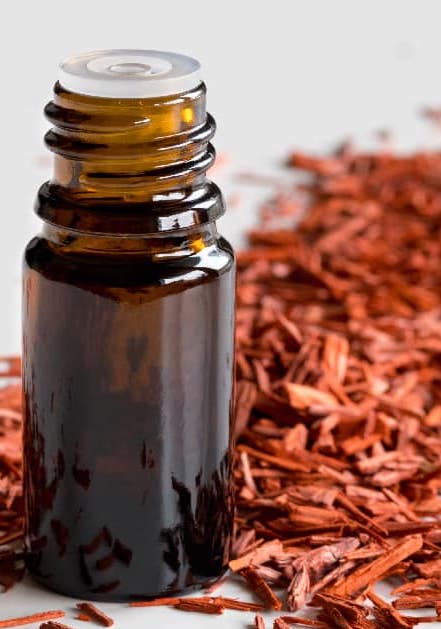
Medicinal Uses:
According to researchers the Red sanders, the prized wood that thrives in the Seshachalam forests in Chittoor-Kadapa-Kurnool-Nellore-Prakasam region of Andhra Pradesh, has been found to possess a plethora of medicinal properties to fight several diseases and disorders including gastroenteritis, ulcers and diabetes
Red sandalwood is a tree. The wood at the center of the trunk (heartwood) is used as medicine. Red Sandalwood was traditionally used as a diuretic, anti-diarrhea and stomachic but in modern times it is used as a natural dye to color herbal mixtures and toothpaste and has become one of the most popular natural dyes used today.
Pterocarpus santalinus is used in traditional herbal medicine as an antipyretic, anti-inflammatory, anthelmintic, tonic, hemorrhage, dysentery, aphrodisiac, anti-hyper glycaemic and diaphoretic.
Red sandalwood is used for treating digestive tract problems, fluid retention and coughs; and for "blood purification." In manufacturing, red sandalwood is used as a flavoring in alcoholic beverages.
Red sandalwood might increase the loss of body water through the urine (diuretic effect). It might also have drying effects that may help reduce diarrhea and break up mucus to make it easier to cough up.
It is an antiseptic, wound healing agent. Red sandalwood has many uses for your hair, feet, skin and a variety of ailments. It helps promote a clean and clear skin tone and maintain a good complexion.